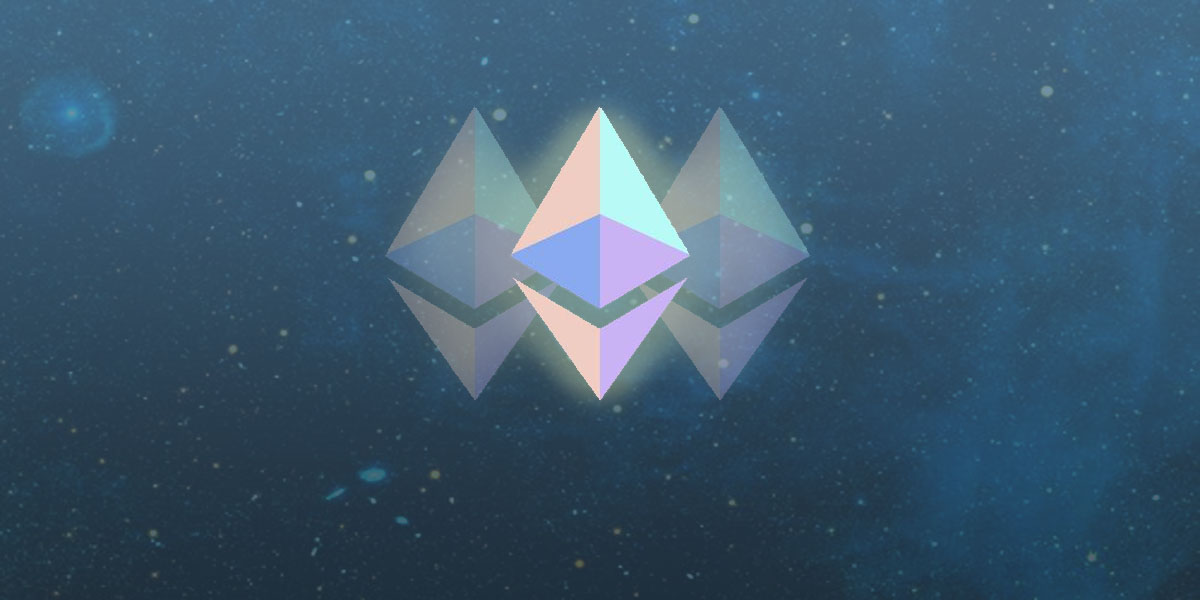Following the implementation of the Bellatrix upgrade on September 6th, Ethereum’s much-anticipated Merge officially took place on September 15th. This marks the digital token’s transition from a proof-of-work schema to proof-of-stake.
Bellatrix was used to prepare the merger between the proof-of-stake Beacon Chain (referred to by Ethereum experts as the Consensus Layer) with the crypto’s mainnet Execution Layer.
Prior to the implementation, Ethereum merged the Goerli test network from proof-of-work to proof-of-state just last month. This was the third and final trial prior to the actual mainnet Merge.
In the days leading up to the Merge, the price of ether leapt up by 6,24% and settled at around $1,665.00.
What Just Happened?
Ethereum set the Terminal Total Difficulty (TTD) value to trigger the Merge at 58,750,000,000,000,000,000,000. The figure represents the total difficulty of all Ethereum blocks previously mined.
Once this was reached, the Execution and Consensus layers merged, enabling the blockchain to move forward with the implementation of a new system for issuing and authenticating transaction blocks.
A Transition Nearly Three Years in the Making
Rumors regarding the Merge first appeared in early 2021, following the introduction of the Beacon Chain in December of the previous year.
According to the Ethereum Foundation, the group that essentially funds the development of the blockchain’s ecosystem, the Merge is expected to reduce the blockchain network’s overall power use by 99.95%. Likewise, the Merge also sets up a developmental framework for future revisions to the core infrastructure.
Now that the Merge has occurred, Ethereum will be working on improving its fees and increasing transaction speeds through sharding and rollups.
Rolling Up to Scale Up
With the Merge out of the way, Ethereum’s development team now sets its sights on improving the blockchain’s scaling potential. For them, the way forward involves introducing rollups to the system.
Rollups perform transactions outside the Ethereum base layer, then post each transaction’s data onto the base layer blockchain. This enables the base layer to make the most of the crypto’s primary security chain.
Developers are considering the implementation of both optimistic and zero-knowledge (ZK) rollups into the system. The former assumes transactions are only valid for a specific period of time and are run on layer 2 networks before being returned to the base layer. ZK rollups, on the other hand, run transactions off-chain, then submit the proof of validity to the base layer network.















